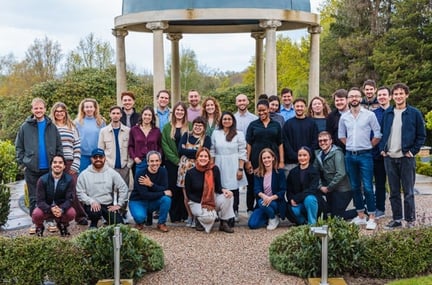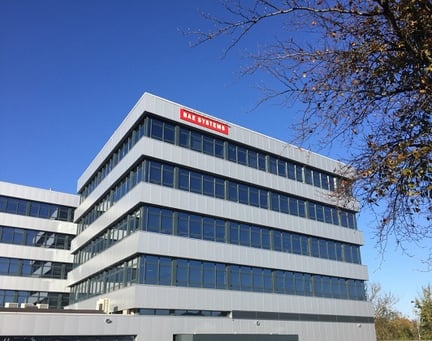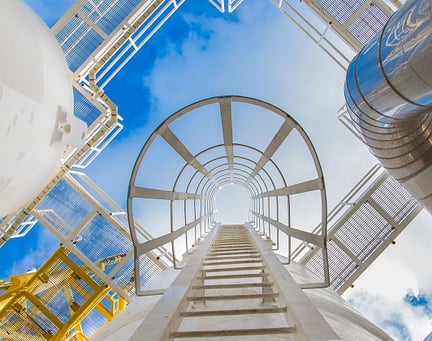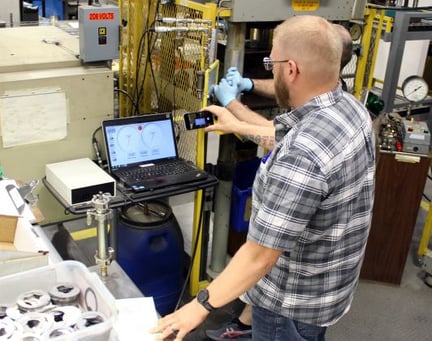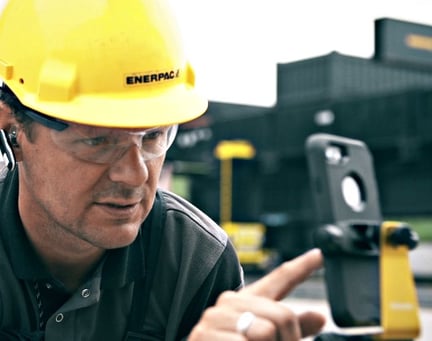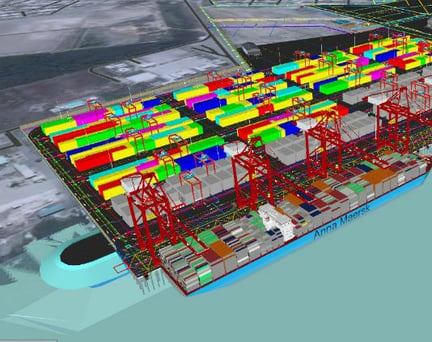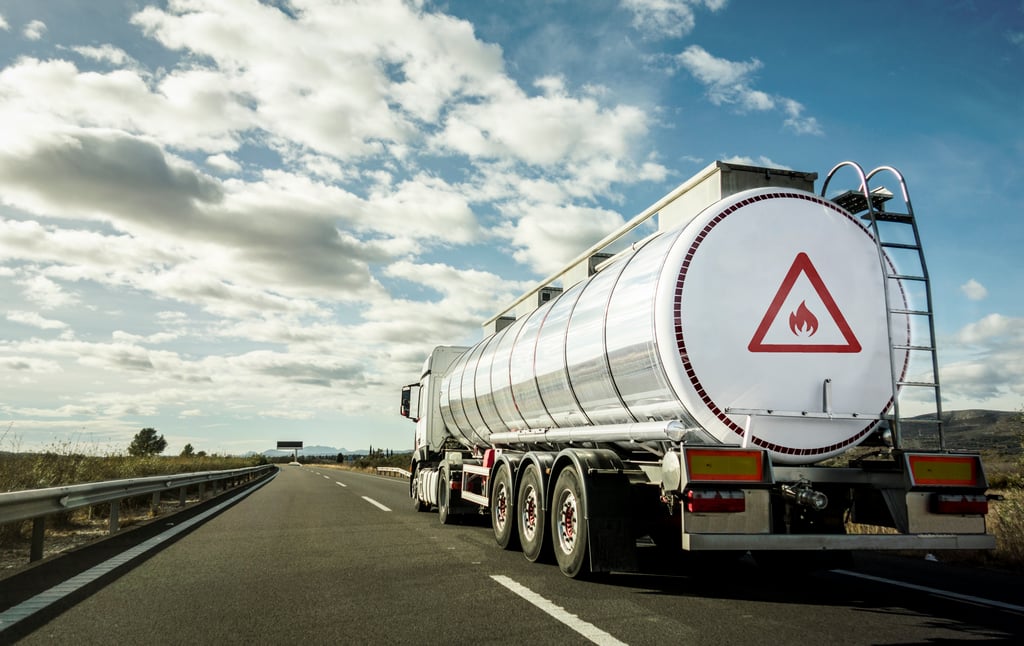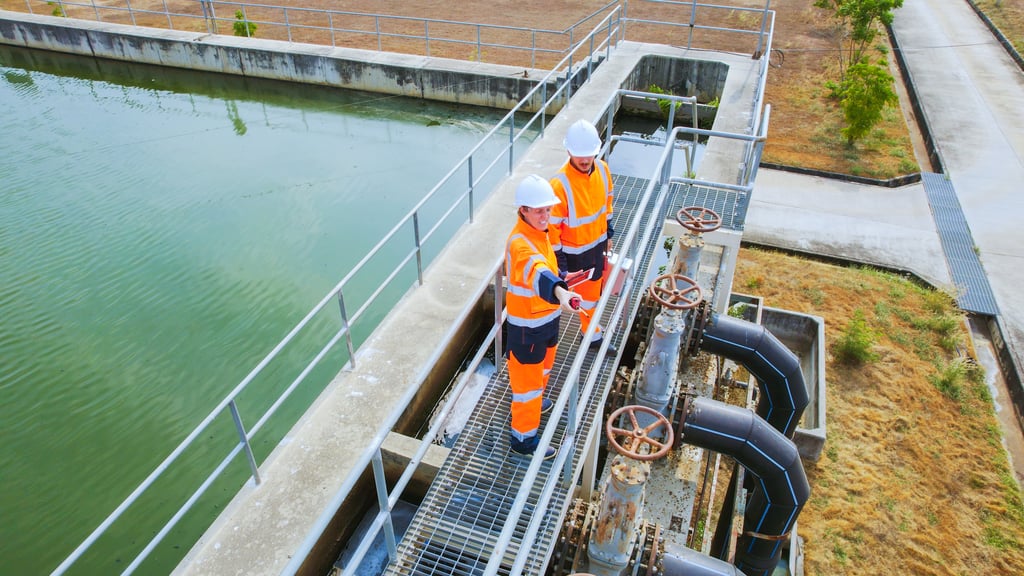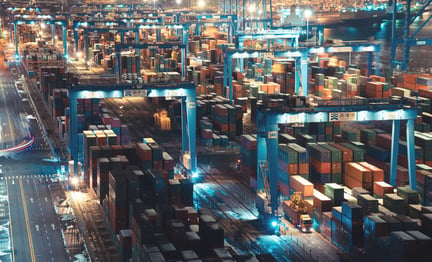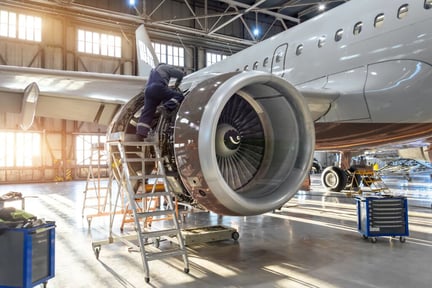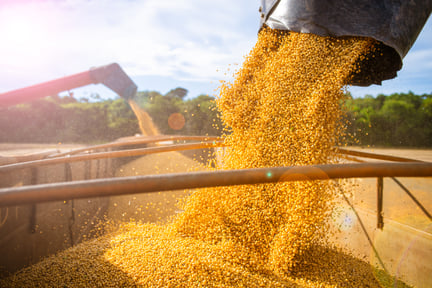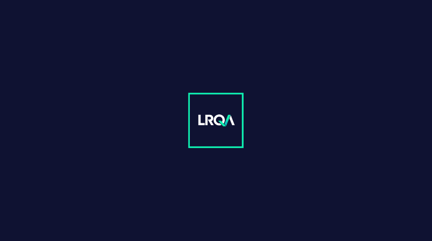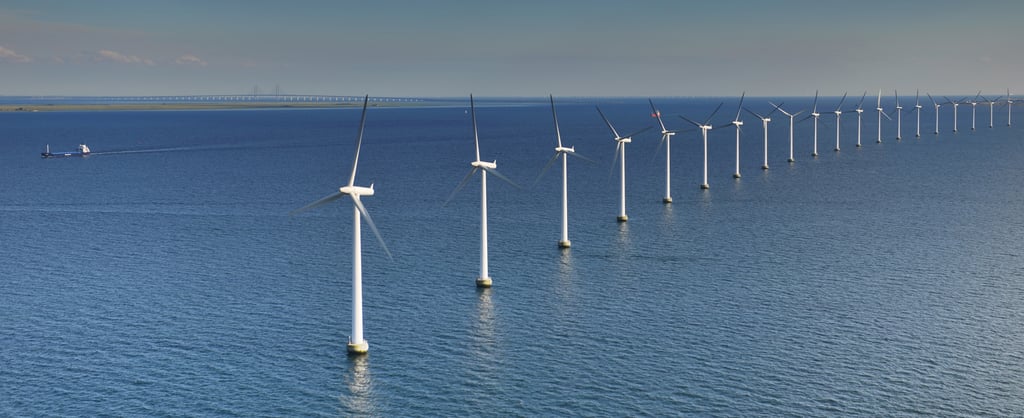
World’s first international emissions trading system
Demonstrating your continued commitment to low carbon emissions, the Verification against the EU Emissions Trading System (EU ETS) scheme involves the allocation and trading of greenhouse gas (GHG) emission allowances throughout the European Union.
Established in 2005, the EU ETS is the world’s first international emissions trading system and is currently in its fourth period, remaining in effect until 31st December 2030. The fourth period of EU-ETS includes harmonized monitoring, reporting and allocation methodologies and requires each eligible installation to produce an annual emissions report that verifies emissions and allocation levels for the previous calendar year.
Our EU ETS services
EU ETS annual verification
LRQA's independent EU-ETS Annual Verification service establishes robust, reproducible mechanisms for quantifying, monitoring and reporting your annual GHG emissions.
EU ETS Baseline Data Report verification
LRQA's EU ETS BDR verification service helps organisations obtain free allocations of emission allowances and meet the European FAR regulation.
Actionable insight
Recognised for their exceptional expertise, our award-winning compliance, ESG, and supply chain specialists are equipped with the knowledge and insights to guide you.
Integrated audits
We offer an integrated audit and surveillance programme, allowing you to streamline your processes, leading to more efficient and cost-effective management systems.
Why work with us?
Global capability
We’re everywhere you are. With highly qualified auditors worldwide, we can provide a local service with a globally consistent dedication to excellence. Our people are technical experts with in-depth knowledge of EU ETS. Wherever you operate, we will be able to support you.
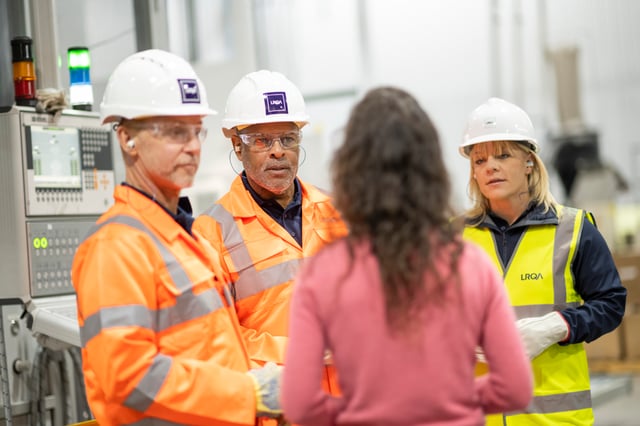
Flexible delivery
In many cases, our EU ETS services can be delivered on-site or remotely using safe and secure technology. By blending face-to-face and digital methodologies we create a service delivery model to best support your needs.
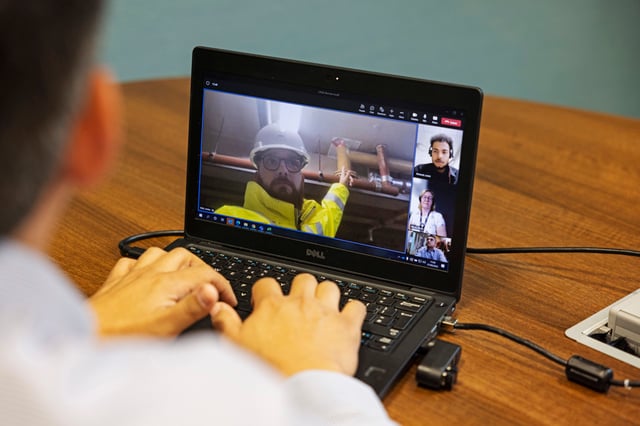
A history of firsts
We were the first to receive accreditation to deliver certification services for a range of quality, environmental, and health and safety standards across the globe. We continue to be instrumental in developing a variety of specific standards across different sectors.

Sustainable focus
With over 20,000+ audits carried out every year, we are one of the world’s largest ESG specialists. We have developed the world’s first end-to-end supply chain ESG due diligence platform, incorporating unique proprietary data that is verified from the ground up.
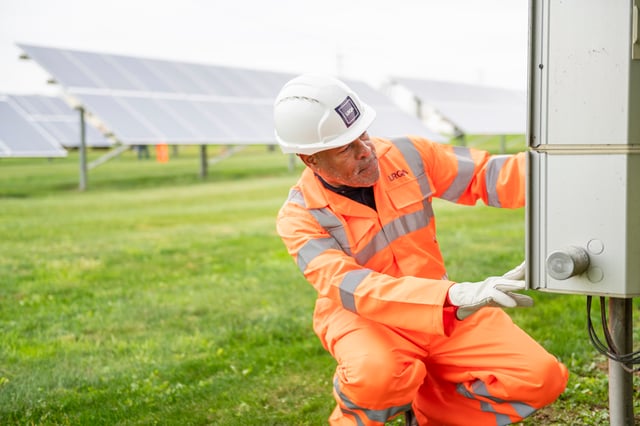
Management Systems Newsletter.
For access to free resources, exclusive invites to events and valuable insights, make sure that you sign up to receive our management systems email communications.
Management Systems Newsletter.

